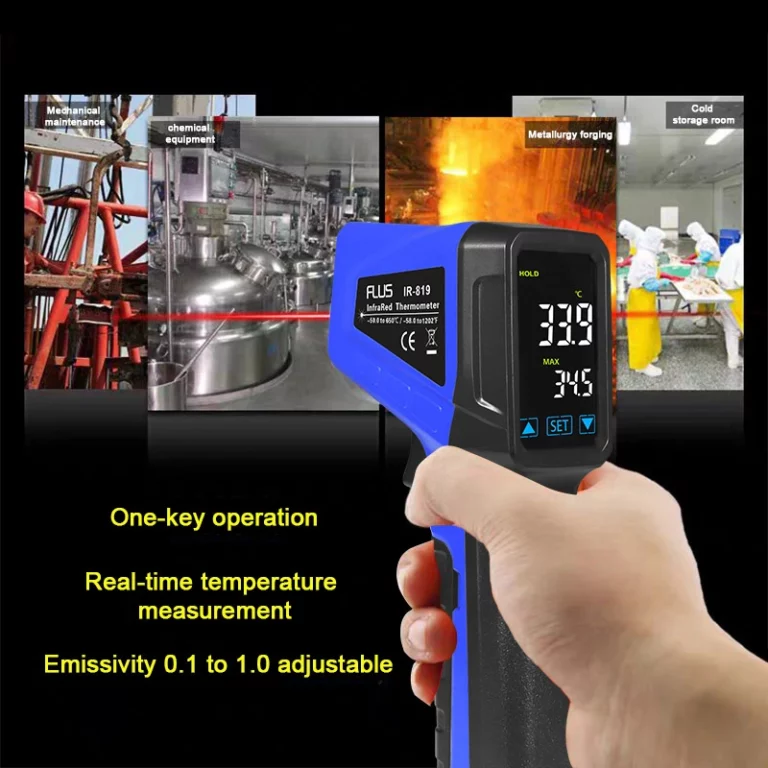Medium-voltage switchgear plays a critical role in electrical distribution systems, ensuring the safe and efficient operation of electrical circuits within the medium-voltage range (typically between 1 kV and 36 kV). As a vital component in power generation, transmission, and distribution, medium-voltage switchgear must comply with several international standards to guarantee safety, reliability, and performance. In this article, we’ll explore the key standards that govern medium-voltage switchgear and why they are essential for proper installation and operation.


International Standards for Medium-Voltage Switchgear
IEC 62271 - High-Voltage Switchgear and Controlgear The International Electrotechnical Commission (IEC) 62271 series is one of the most widely accepted standards for medium-voltage switchgear. This set of standards covers the design, construction, testing, and operation of switchgear in electrical systems. IEC 62271 ensures that the switchgear provides safe, reliable, and effective control and protection for electrical circuits. Specifically, IEC 62271-100 outlines general rules for high-voltage and medium-voltage switchgear and control gear, with an emphasis on technical requirements and testing procedures.- IEC 62271-100: General rules for medium-voltage switchgear
- IEC 62271-200: This part deals with metal-enclosed switchgear, providing detailed requirements for design, protection, and safety.
IEEE C37 Series – Switchgear Standards
The Institute of Electrical and Electronics Engineers (IEEE) has developed a series of standards that govern the use and specifications of medium-voltage switchgear. The IEEE C37 series focuses primarily on the performance, testing, and installation guidelines for switchgear equipment in medium-voltage applications.- IEEE C37.20.2: This standard outlines the specifications for medium-voltage switchgearin terms of their insulation, protection, and operational requirements.
- IEEE C37.20.3: This standard discusses the safety features and operational parameters of medium-voltage switchgear, particularly in the context of outdoor applications.
ANSI C37 - American National Standards
The American National Standards Institute (ANSI) has created its own set of standards for medium-voltage switchgear, specifically under the C37 series. These standards are crucial for ensuring that switchgear meets safety, reliability, and performance expectations in the United States.- ANSI C37.20.1: This standard covers metal-enclosed medium-voltage switchgear, focusing on construction, installation, and operational performance.
- ANSI C37.20.2: This part addresses air-insulated medium-voltage switchgear, including the operational guidelines for these systems.






